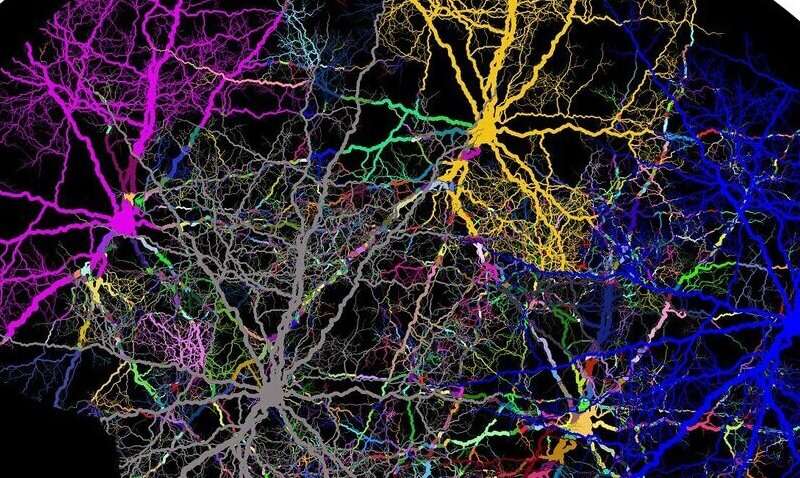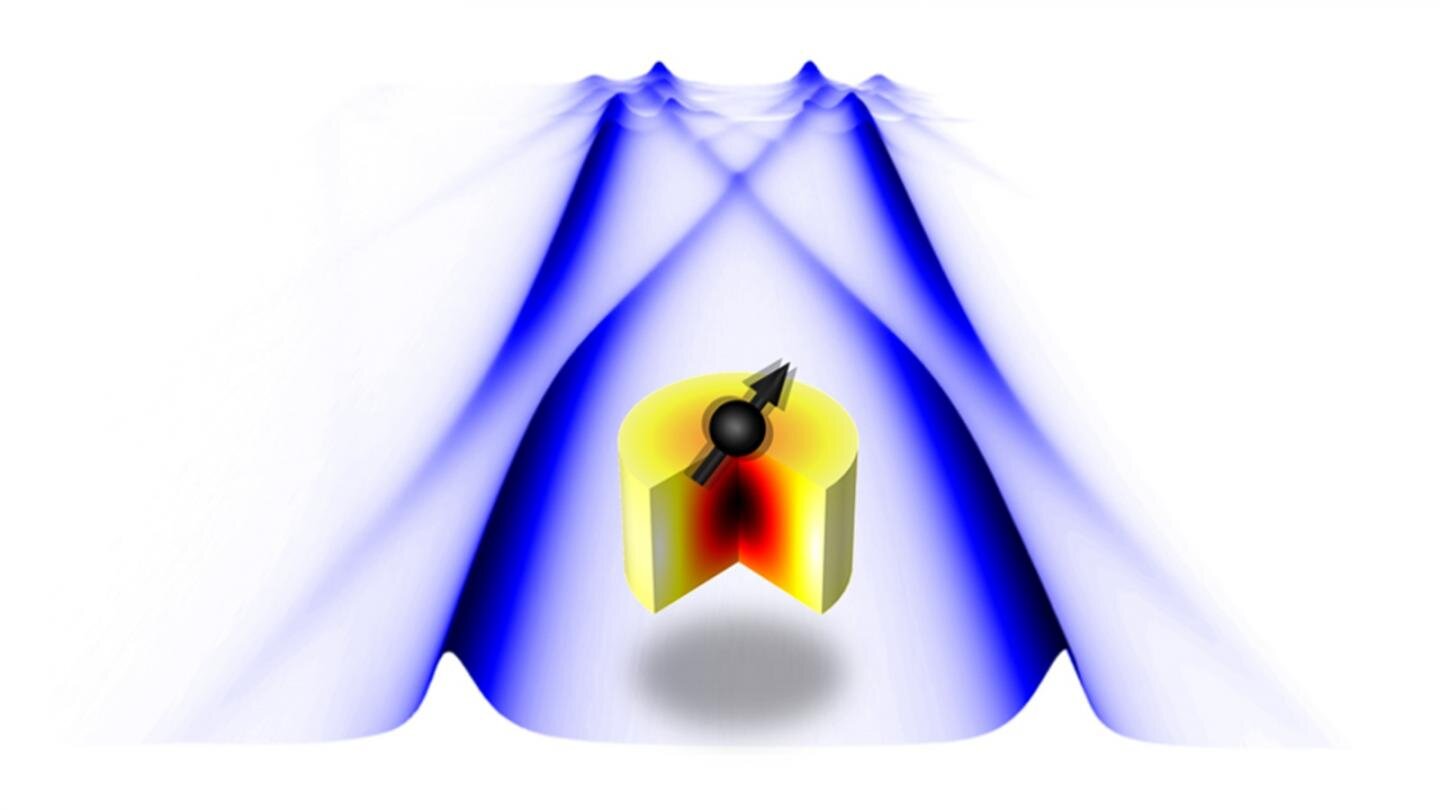#Developing a new strategy to selectively deliver therapies to the brain
“#Developing a new strategy to selectively deliver therapies to the brain”

The Innovation Center of NanoMedicine in Japan announced that a new strategy to specifically target to the brain was discovered in collaboration with the Department of Bioengineering, Graduate School of Engineering, University of Tokyo. The details are published in the Proceedings of the National Academy of Science issued on July 23.
Treatment of neurological diseases is severely hindered by the poor delivery of therapies to the brain due to the presence of the blood-brain barrier (BBB), a highly impermeable cellular barrier composed primarily by the specialized endothelial cells lining the brain microvasculature. Nanotechnology-based strategies have achieved modest success in delivering therapeutics to the brain by loading them onto nanomachines decorated with ligands which bind to proteins associated with the BBB. However, such targeting strategies have inherent brain-specificity limitations, as the target proteins are also significantly expressed in peripheral organs, leading to increased accumulation of nanomachines for instance in the lung and heart. Therefore, the clinical translation of current strategies is hampered by detrimental peripheral side-effects and reduced effective therapeutic doses reaching the brain. Hence, new strategies which exploit alternative features of the BBB need to be developed to overcome ‘off-target’ accumulation of nanomachines.
The group of Prof. Kataoka have developed a simple, yet counterintuitive strategy which turns the problem of therapy delivery to the brain, that is, the high impermeability of brain endothelial cells, into the solution to achieve specific brain targeting of nanomachines with minimal accumulation increase in peripheral organs.
The high impermeability of brain endothelial cells is in large part due to a markedly reduced level of endocytosis compared to peripheral endothelial cells. This feature may therefore be exploited to promote free, unconjugated molecular labels to be selectively retained on the surface of brain endothelial cells while being quickly removed (endocytosed) from the surface of endothelial cells of other organs in the body. In this way, nanomachines capable of efficiently recognizing the displayed molecular labels are specifically targeted to the brain with minimal targeting into other organs.
The feasibility of such an approach has been demonstrated by employing biotin-containing antibodies against the protein Platelet Endothelial Cell Adhesion Molecule (PECAM)-1, which is expressed in the vasculature of most organs. The authors demonstrated that if nanomachines decorated with the protein avidin (capable of very strongly binding to biotin) are injected into mice a short time-period after injection of biotin-PECAM-1 antibodies, the nanomachines accumulate preferentially in the lung, with accumulation also seen in the brain, heart and pancreas. However, if the time-interval between antibody and nanomachine injection is increased to allow removal of the antibody from the surface of peripheral endothelial cells, the ability of the nanomachines to accumulate in the lung, heart and pancreas steadily decreases, while accumulation in the brain remains constant. Hence, after an eight hour time-interval, the nanomachines were only targeted to the brain, with no increase in accumulation seen in any peripheral organ.
This novel two-step targeting strategy therefore paves the way to overcome the limitation of peripheral ‘off-target’ nanomachine accumulation, thereby increasing the clinical translation of nanomachine-based therapies.
More information:
Daniel Gonzalez-Carter et al, Targeting nanoparticles to the brain by exploiting the blood–brain barrier impermeability to selectively label the brain endothelium, Proceedings of the National Academy of Sciences (2020). DOI: 10.1073/pnas.2002016117
Horacio Cabral et al. Block Copolymer Micelles in Nanomedicine Applications, Chemical Reviews (2018). DOI: 10.1021/acs.chemrev.8b00199
Jinbing Xie et al. Dual-Sensitive Nanomicelles Enhancing Systemic Delivery of Therapeutically Active Antibodies Specifically into the Brain, ACS Nano (2020). DOI: 10.1021/acsnano.9b09991
Provided by
Innovation Center of NanoMedicine
Developing a new strategy to selectively deliver therapies to the brain (2020, July 27)
retrieved 27 July 2020
from https://phys.org/news/2020-07-strategy-therapies-brain.html
This document is subject to copyright. Apart from any fair dealing for the purpose of private study or research, no
part may be reproduced without the written permission. The content is provided for information purposes only.
If you want to read more Like this articles, you can visit our Science category.
if you want to watch Movies or Tv Shows go to Dizi.BuradaBiliyorum.Com for forums sites go to Forum.BuradaBiliyorum.Com



